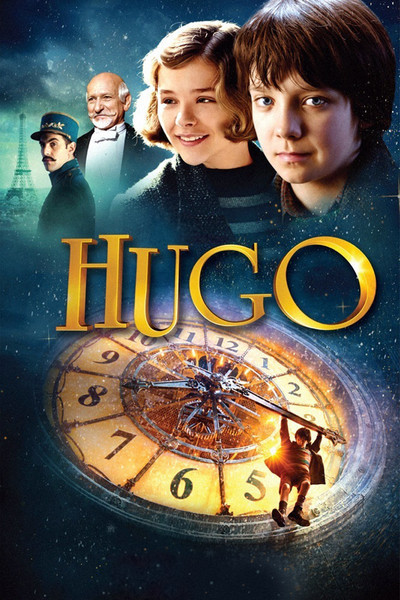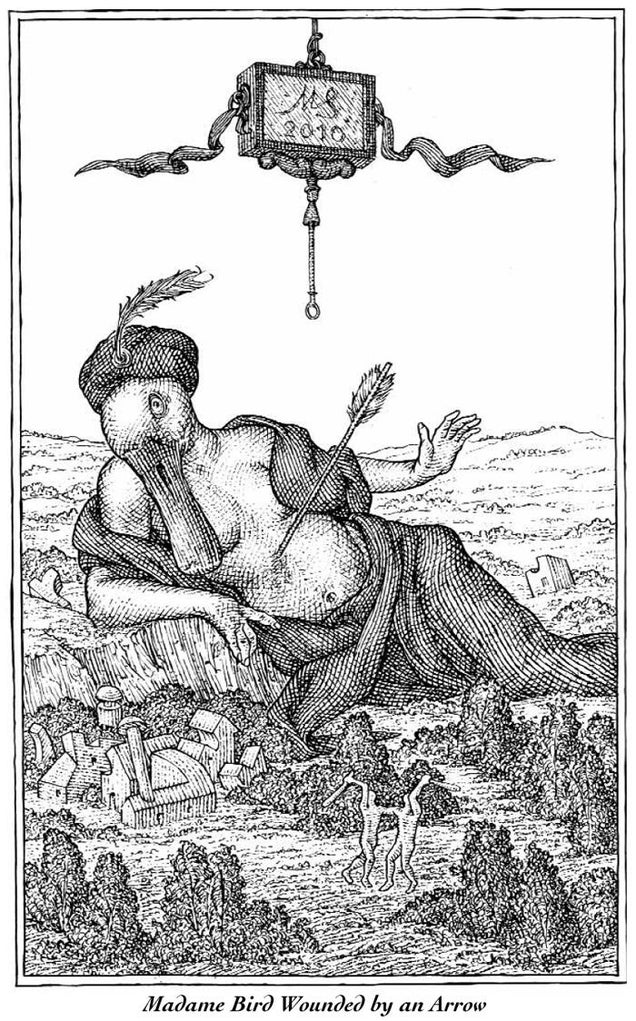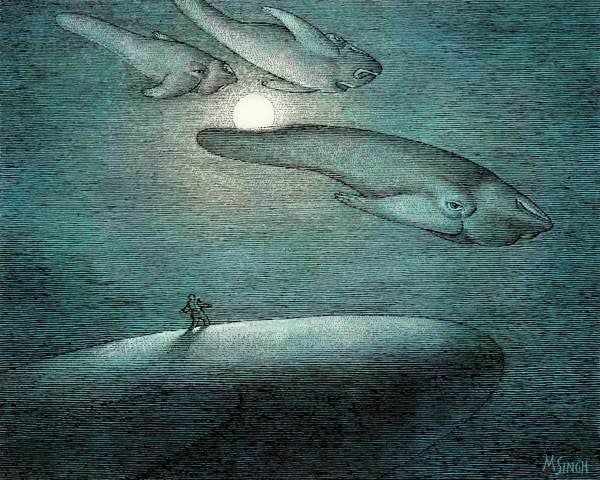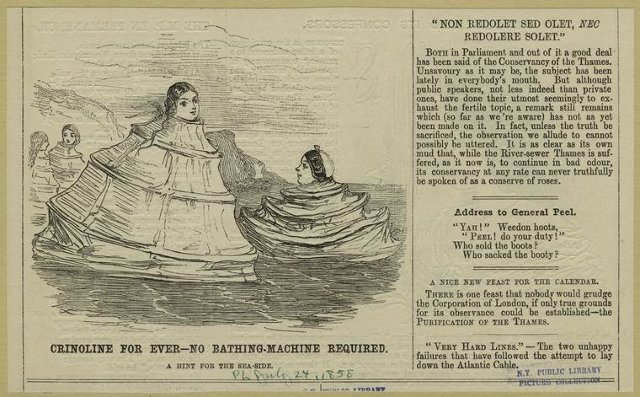"A collection some amazing steampunk inspired photos by Chuck Coleman"
Source: Chuck Coleman aka Steampunk Chuck

 The lead singer of a neovaudevillian performance troupe called the James Gang, Mr. James has assembled his universe from oddly assorted props and castoffs: a gramophone with a crank and velvet turntable, an old wooden icebox and a wardrobe rack made from brass pipes that were ballet bars in a previous incarnation.
The lead singer of a neovaudevillian performance troupe called the James Gang, Mr. James has assembled his universe from oddly assorted props and castoffs: a gramophone with a crank and velvet turntable, an old wooden icebox and a wardrobe rack made from brass pipes that were ballet bars in a previous incarnation. His life in the station is made complicated by a toy shop owner named Georges Melies. Yes, this grumpy old man, played by Ben Kingsley, is none other than the immortal French film pioneer, who was also the original inventor of the automaton. Hugo has no idea of this. The real Melies was a magician who made his first movies to play tricks on his audiences.
His life in the station is made complicated by a toy shop owner named Georges Melies. Yes, this grumpy old man, played by Ben Kingsley, is none other than the immortal French film pioneer, who was also the original inventor of the automaton. Hugo has no idea of this. The real Melies was a magician who made his first movies to play tricks on his audiences. I first met Mahendra—a self-described "ink-stained wretch"—nearly twenty years ago when I saw a collection of totally convincing postage stamps he'd created, based on the premise that the Confederacy had won the Civil War (he eventually condescended to provide the uncanny illustrations for my anthology, Pathetic Selections). His beautiful work, which is often disturbing and almost invariably rendered in pen-and-ink, evokes the surrealistic collages of Max Ernst (whom Singh admits has been an enormous influence on his art).
I first met Mahendra—a self-described "ink-stained wretch"—nearly twenty years ago when I saw a collection of totally convincing postage stamps he'd created, based on the premise that the Confederacy had won the Civil War (he eventually condescended to provide the uncanny illustrations for my anthology, Pathetic Selections). His beautiful work, which is often disturbing and almost invariably rendered in pen-and-ink, evokes the surrealistic collages of Max Ernst (whom Singh admits has been an enormous influence on his art). His illustrations are as much a kind of intellectual treasure hunt—full of riddles, puns, and allusions—as the poem is itself. Singh is also one of the contributing illustrators to the recent New York Times best-selling Adventure Time Encyclopaedia (of all things), created by card-carrying genius Martin Olson. I may as well add a plug for Olson's The Encyclopaedia of Hell,which also was illustrated by Singh. About as different as two books could possibly get...
His illustrations are as much a kind of intellectual treasure hunt—full of riddles, puns, and allusions—as the poem is itself. Singh is also one of the contributing illustrators to the recent New York Times best-selling Adventure Time Encyclopaedia (of all things), created by card-carrying genius Martin Olson. I may as well add a plug for Olson's The Encyclopaedia of Hell,which also was illustrated by Singh. About as different as two books could possibly get... When young, Singh read everything "from 70s SF to Aristophanes to the Ramayana... What I usually liked was a complex, completely furnished fictional world, along with a nice musicality with words. What really turned me on was when that fictional world would be logically intertwined with the real world, past or present." It seemed natural that one of the authors Singh admired was Jules Verne—a sterling quality we both share. And, like me, he has always had a fondness and admiration for the beautiful woodcuts that accompanied the original editions of Verne's novels (as one of the best-selling authors of his time, Verne's books demanded and got the best illustrators in the business).
When young, Singh read everything "from 70s SF to Aristophanes to the Ramayana... What I usually liked was a complex, completely furnished fictional world, along with a nice musicality with words. What really turned me on was when that fictional world would be logically intertwined with the real world, past or present." It seemed natural that one of the authors Singh admired was Jules Verne—a sterling quality we both share. And, like me, he has always had a fondness and admiration for the beautiful woodcuts that accompanied the original editions of Verne's novels (as one of the best-selling authors of his time, Verne's books demanded and got the best illustrators in the business). An account written in 1847 describes the rather plush interior of one of these machines:
An account written in 1847 describes the rather plush interior of one of these machines: To be fair, when they originally debuted in the 1750s, bathing machines weren't quite as prudish as they ultimately became: In their earliest days, it was still common for men and women alike to swim nude. But by the time Victorian mores took hold (1837, per Queen Victoria's reign), bathing machines were horrifyingly ubiquitous on European and American beaches despite the fact that the swimsuits of the time revealed barely anything at all.
To be fair, when they originally debuted in the 1750s, bathing machines weren't quite as prudish as they ultimately became: In their earliest days, it was still common for men and women alike to swim nude. But by the time Victorian mores took hold (1837, per Queen Victoria's reign), bathing machines were horrifyingly ubiquitous on European and American beaches despite the fact that the swimsuits of the time revealed barely anything at all.